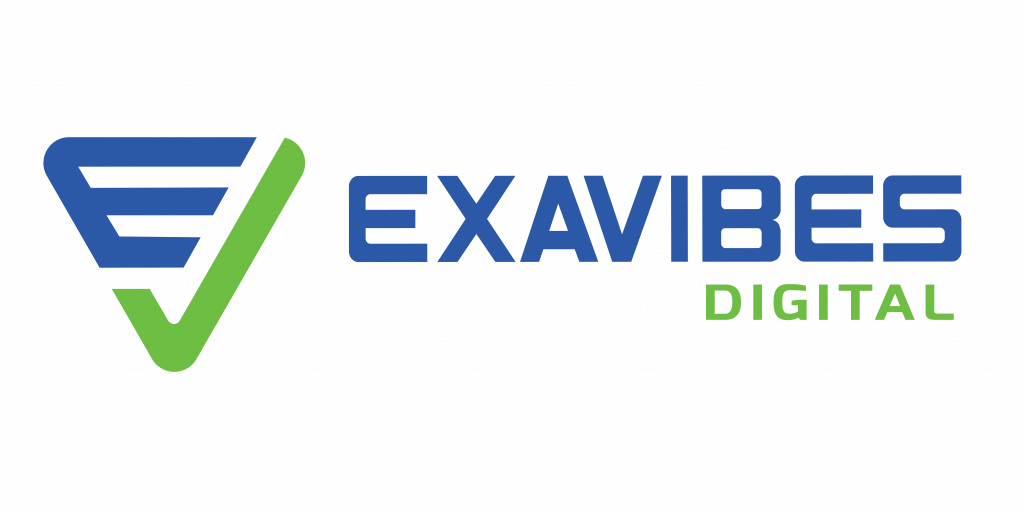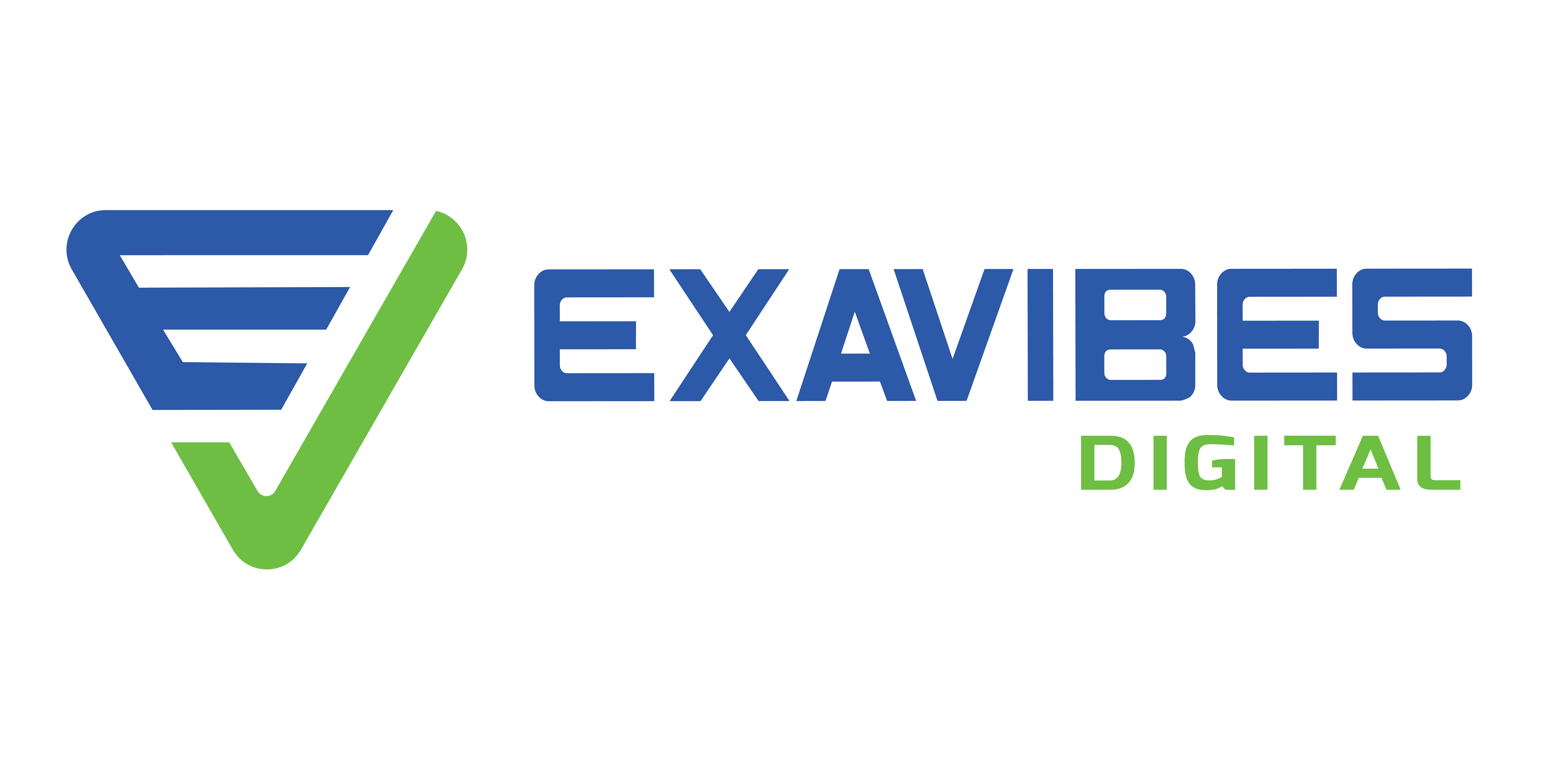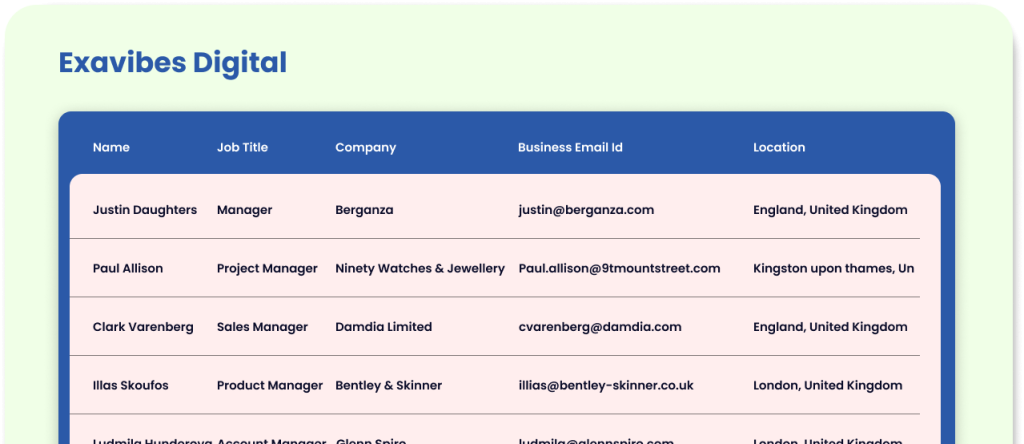What Is an Email List?
A collection of email addresses, generated through voluntary submission of the data through a signup form on a website social media platform, or during an event. Subscribers are individuals who have shown curiosity about your content, products, or services. A direct line of communication is established via an email list for content creators thus ensuring having a loyal audience bypassing the noise and algorithms of social media.
Why Email Lists Are Crucial for Content Creators
1. Direct Connection with Your Audience
Algorithm-driven audience viewership is bypassed using an Email list, unlike social media platforms. Visibility is increased as email is viewed in the inbox and read by customers.
2. Ownership of Your Audience
You own this email list. Followers come and go but the email list remains intact.
3. Higher Engagement Rates
User engagement increases through the intuitive use of emails. Users, go through emails impeding a higher engagement rate as compared to social media feeds.
The monetisation option increases through the use of an email list. The influx in opportunities is due to its ability to sell products and services affiliated with marketing and sponsorships.
5. Personalization and Segmentation
Email marketing tools enable your audience to be segregated based on interests, behaviours, and demographics. With these statistics, you can personalise a message which resonates with specific groups.
6. Building Trust and Loyalty
Trust can be established via regular communications with subscribers. Loyalty is built through content with quality as this offers conversion of casual leaders to dedicated fans.
7. Better Analytics and Insights
Detail analytics are provided by email marketing platforms, including open rates, click-through rates, and conversions. Strategy can be built based on these insights.
8. Cost-Effective Marketing
A cost-effective marketing strategy is email marketing. A broad audience and substantial returns can be achieved through minimal investment.
9. Long-Term Stability
In a constantly changing digital landscape email list provides stability. Email list is a stable channel between you and your audience.
10. Encourages Community Building
A sense of community can be fostered through email which can keep your audience informed, engaged, and connected to your brand.
How to Build Your Email List
1. Create a Lead Magnet
For email, some ebooks, checklists or exclusive content can be exchanged. This type of lead generation is known as lead magnet. A specific pain point or interest is addressed in your lead magnet must be ensured to increase signups and engagement. Strong subscriber relationships can be founded based on a well-crafted lead magnet.
2. Use Signup Forms
Your website, blog, and landing pages can use a sign-up form to capture visitors’ email addresses. Visually appealing and easy-to-fill forms increase conversions. The benefits of subscribing should be highlighted in the form while making sure that the process is smooth and straightforward.
3. Leverage Social Media
A newsletter or email list can be promoted to increase your audience. Followers can be attracted using engaging posts, and stories. Signups through email lists can be boosted with collaboration with influencers or running contests.
4. Provide Consistent Value
Special offers, tips, and exclusive content generate value in your emails. Engagement and loyalty increase with this approach. This increases curiosity in the audience to view your content. Thus, the retention rate improves.
5. Use Call-to-Actions (CTAs)
Readers can be encouraged to subscribe with the use of clear and compelling CTAs. The use of effective phrases “Sign up now” or “Get exclusive updates” attracts subscribers.
6. Host Webinars or Events
Webinars and live events are excellent ways to gather email addresses while providing value to attendees. Subscribers can be engaged by providing follow-up content after the event.
Common Email List Mistakes to Avoid
1. Overloading Subscribers with Emails
Don’t spam subscribers as this increases higher unsubscribe rates. Building an organic list ensures higher-quality subscribers who are genuinely interested in your content. It also safeguards your reputation and increases deliverability rates. Spam laws frequently cause low engagement, high unsubscribe rates, and potential legal issues.
2. Ignoring Mobile Optimization
Mobile optimization of email makes it easy to access via mobile as users prefer checking mail on the phone. Mobile-friendly design makes easy to read and reduce engagement. Before sending mail preview your email and use responsive design templates.
3. Not Personalizing Emails
Mails should not be generic. It makes me feel impersonal. As per the preference of the user tailor the mail to make it feel personal.
4. Skipping Double Opt-In
Ensure a double opt-in method to confirm subscribers’ interest in your list which thus improves your quality. Quality and effectiveness are affected by Skipping the double opt-in process resulting in invalid or fake email addresses in your list.
5. Lack of Segmentation
Engagement can be reduced by segmenting your list which could reflect irrelevant messages. Individual preferences are disregarded by sending the same email to your entire mailing list. Subscribers may feel email is irrelevant without segmentation. Segmentation resonates with different audience groups.
6. Not Testing Campaigns
Email performance can be improved using A/B testing subject lines, CTAs, and content. Strategy can be incorporated based on regular testing. This ensures audience expectations are met.
7. Ignoring Analytics
Open rates and click-through rates are optimised for your campaign by regular analysis of metrics. Opportunities are missed if email analytics are overlooked like open rates and click-through rates. Your campaigns should be monitored regularly to identify these trends.
8. Neglecting Unsubscribe Options
Opting out should be an easy process for a positive reputation. Anti-spam laws are violated if easy unsubscribe options are not included. This damages your reputation.
9. Sending Emails Without Value
Information, entertainment or offers should be valuable for subscribers. Value is expected by the subscriber. Audience interest and needs should be met.
Best Practices for Building and Growing an Email List
1. Offer Valuable Incentives
Resources, discounts or content are to be provided to increase signups. On the signup page benefits must be highlighted to attract more subscribers. High-quality leads are attracted based on valued incentives.
2. Use Multi-Channel Promotion
Various platforms can be used to promote email lists for broader audiences. The broader audience can be attracted by collaborating with creators and promoting your email list.
3. Optimize Signup Forms
Make forms simple, attractive, and easy to fill out. Homepages, blog posts, or pop-ups can used to locate signup forms while ensuring they are appealing. Language should be easy to communicate.
4. Segment Your Audience
Based on their interests and preferences segment subscribers for targeted messaging. Based on user preference create tailored campaigns for various segments. This allows more effective and relevant communication.
5. Engage with New Subscribers
Welcome email establishes a connection with new subscribers. A tone of engagement is set while establishing an immediate connection.
6. Be Consistent
To increase engagement scheduling email is very important. Among subscribers this builds trust.
7. Test and Refine
Testing email campaigns rigorously helps in optimising them for better results. Consistent testing helps in improving signals.
8. Highlight Social Proof
Credibility and trust are built based on testimonials or success stories shared. The perceived value of offerings is enhanced by social proof.
9. Regularly Clean Your List
A healthy and engaged mailing list can be maintained by removing inactive subscribers. As junk is cleared more mail can be delivered
Tools to Build and Grow Your Email List
1. Use Exavibes Digital for Acquiring Email Lists
Email lists can be acquired through services such as Exavibes Digital for reliable and targeted marketing of your specific industry or audience niche. Exavibes helps in expanding your reach and provides high-quality leads.
2. Email Marketing Platforms
Mailchimp, ConvertKit, and ActiveCampaign are tools used to create, send, and analyze email campaigns. Automation features and templates are provided by them.
3. Lead Capture Tools
OptinMonster and Sumo are used for effective pop-ups, slide-ins, and other forms outlined for capturing leads on your website. Signup rates are increased through enhanced user experience.
4. Customer Relationship Management (CRM) Systems
Subscribers’ data can be managed, tracked and optimised with the help of CRM platforms like HubSpot and Salesforce. Relationship Management and campaign efficiency are ensured by CRM.
5. Landing Page Builders
Email addresses can be captured through attractive, high-converting landing pages which can be designed with the help of tools such as Unbounce and Leadpages. These tools are more effective due to customisable templates and analytics.
6. Analytics Tools
Google Analytics supports tracking the performance of your email campaigns, providing insights into open rates, click-through rates, and conversions. Maximum impact can be achieved with these insights.
7. Social Media Management Tools
Email lists can be promoted on platforms like Hootsuite and Buffer successfully across a plethora of social media channels. Better engagement is ensured by scheduling posts and tracking performance.
8. Webinar Software
Attendees can be encouraged to sign up with the help of Zoom, WebinarJam, or GoToWebinar who host webinars and events. These leads can be nurtured by follow-up emails.
9. Content Management Systems (CMS)
Emails can be collected directly from your website with the help of Leverage CMS platforms like WordPress to integrate signup forms, pop-ups, and gated content. The website thus can capture leads directly.


